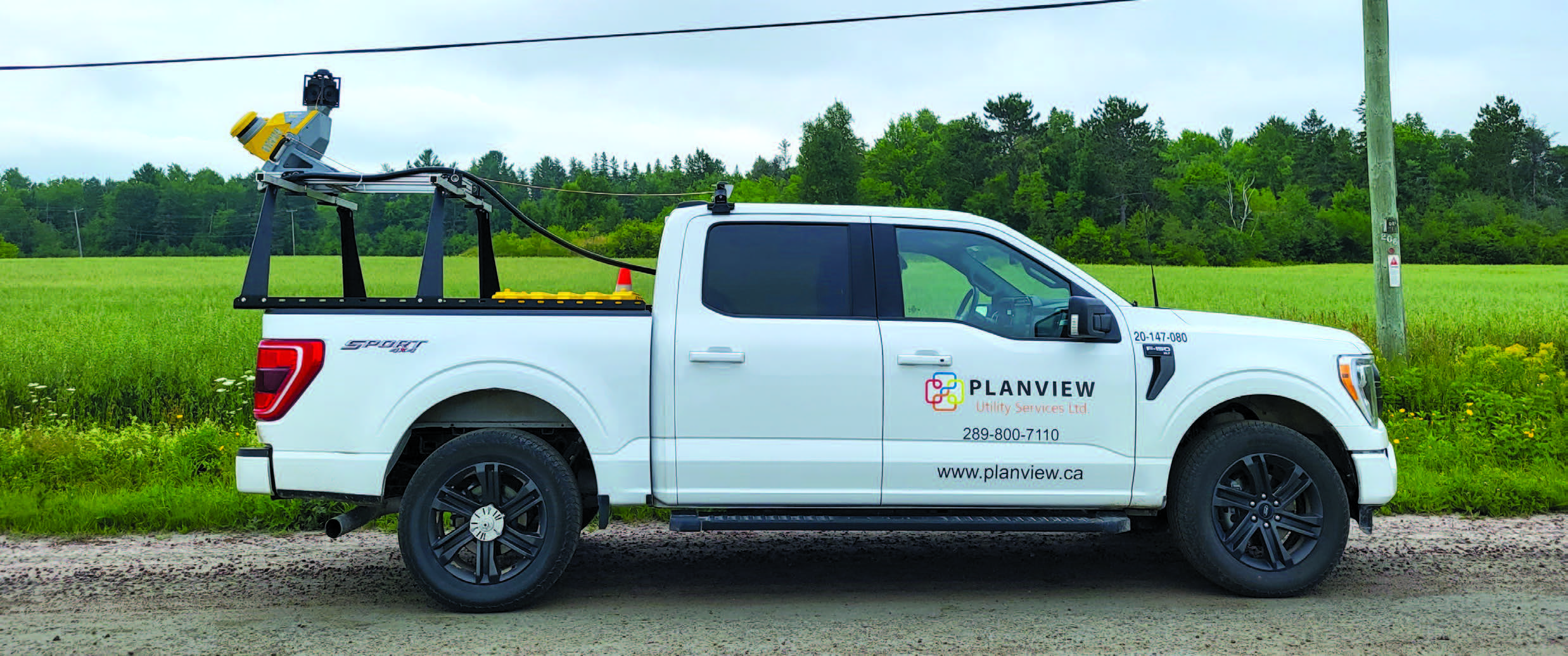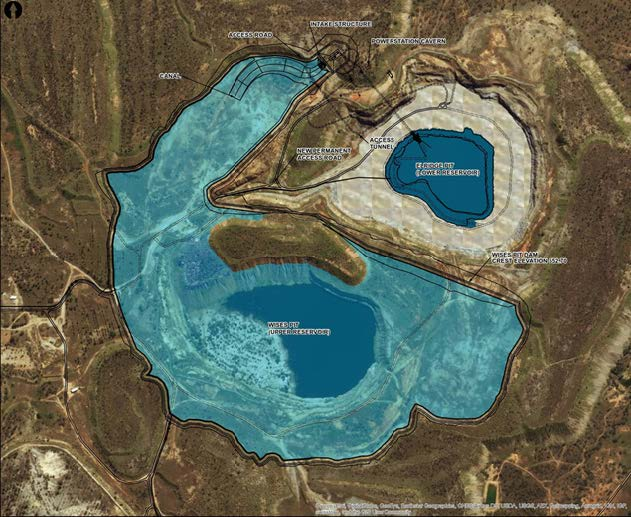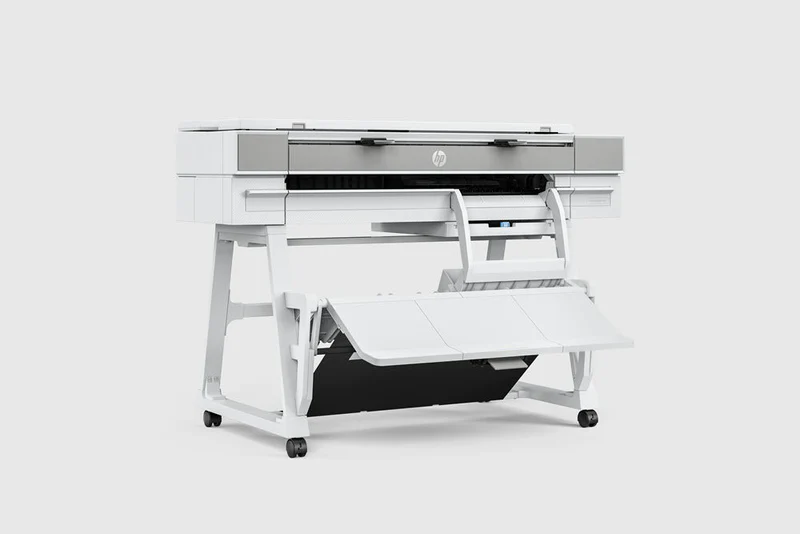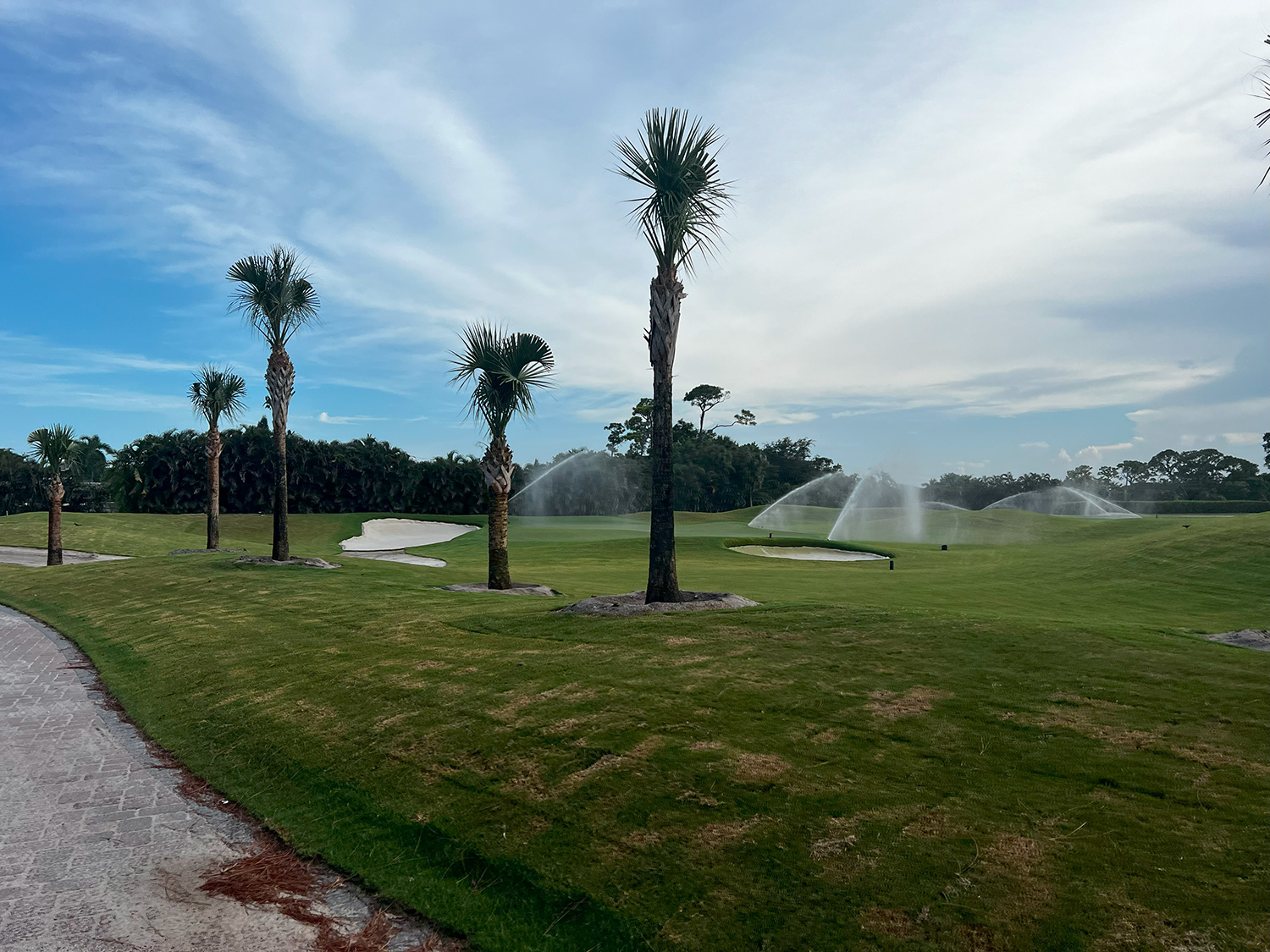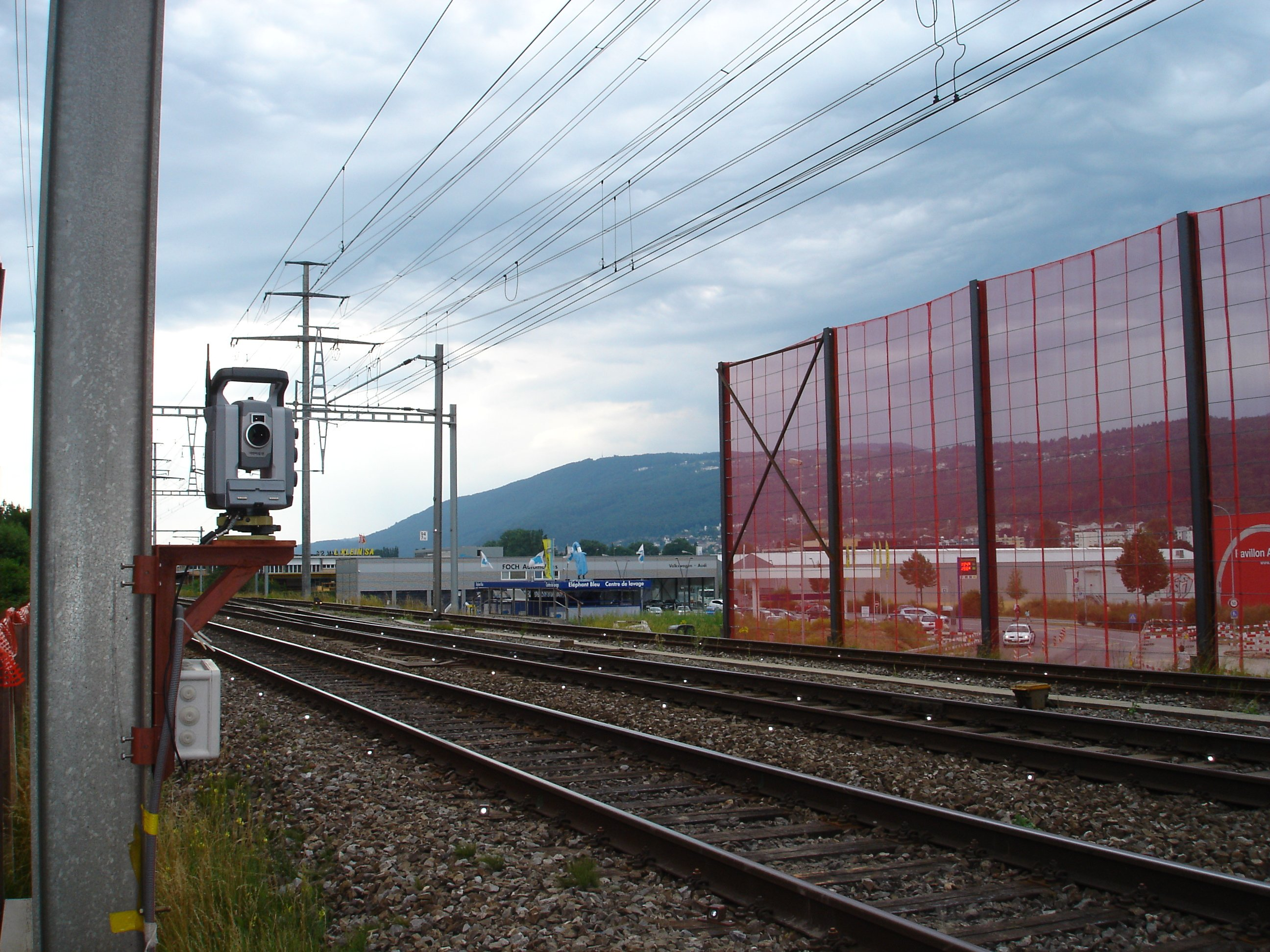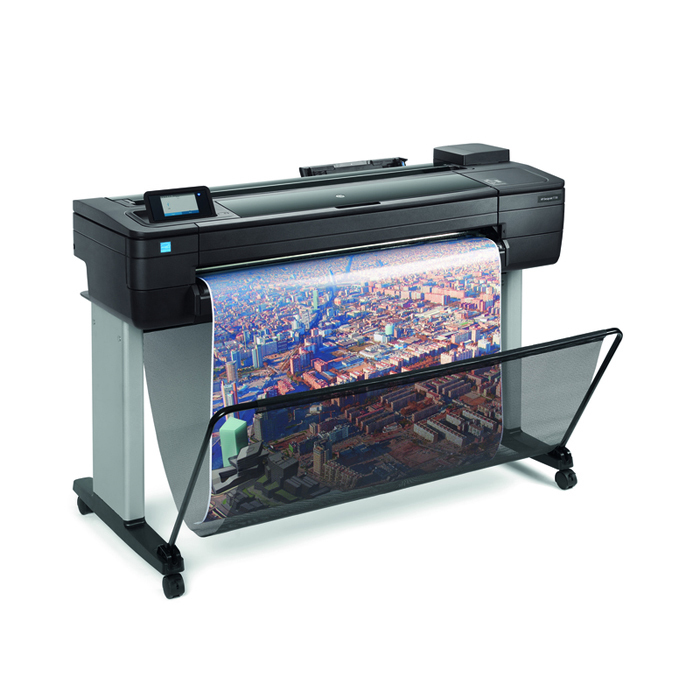How Planview USL Leveraged the Trimble MX50 for Project Efficiency
Planview Utility Services Ltd., with offices in Markham, Ottawa, and London, Ontario, provides engineering services, GIS and mapping services, subsurface utility engineering and asset management services to some of the largest utilities and municipalities in Ontario, including several of the ISPs participating in the AHSIP.
Using a Trimble MX50 mobile mapping system, Planview USL has collected more than 18,000 kilometers of comprehensive point clouds and imagery to build a land base used to design the fiber network for underserved rural communities. The success of the project relies on careful pre planning to identify potential infrastructure gaps (such as inadequate telephone poles and underground conduits) and difficult terrain, and schedule work within the time constraints of a short construction season.

